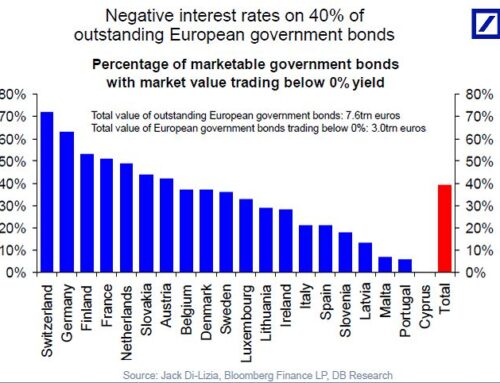The interest coverage ratio is a financial measure used to evaluate a company’s ability to meet its debt obligations. It is calculated by dividing a company’s earnings before interest and taxes (EBIT) by its interest expenses for a given period of time, typically a year. The resulting ratio indicates how many times the company’s EBIT covers its interest expenses.
For example, if a company has an EBIT of $100,000 and interest expenses of $40,000, its interest coverage ratio would be 2.5. This means that the company’s EBIT is 2.5 times greater than its interest expenses, indicating that it has a strong ability to pay its debts.
A higher interest coverage ratio is generally considered to be more favorable, as it indicates that a company has a greater ability to meet its debt obligations. A ratio of 2.5 or higher is typically seen as healthy, while a ratio of less than 1.5 may be cause for concern.
There are several factors that can impact a company’s interest coverage ratio. One of the most significant is the level of debt that the company has taken on. The more debt a company has, the higher its interest expenses will be, which can lower the interest coverage ratio.
Another factor that can impact the interest coverage ratio is the company’s level of earnings. If a company is generating strong profits, it will typically have a higher EBIT and a higher interest coverage ratio. On the other hand, if a company is experiencing financial difficulties and its profits are declining, its EBIT will also decline, which can lower the interest coverage ratio.
The interest rate that a company is paying on its debts can also impact its interest coverage ratio. If a company is paying a high-interest rate, its interest expenses will be higher, which can lower the ratio. Conversely, if a company is paying a low-interest rate, its interest expenses will be lower, which can increase the ratio.
There are several reasons why a company’s interest coverage ratio is important. For one, it can be used by investors and creditors to assess the risk of lending money to or investing in a company. If a company has a low-interest coverage ratio, it may be seen as a higher-risk investment, as it may have more difficulty meeting its debt obligations.
In addition, a company’s interest coverage ratio can be used by management to assess the financial health of the company and identify areas where improvements can be made. For example, if a company has a low-interest coverage ratio, management may consider reducing its debt levels or increasing its profits in order to improve the ratio.
Overall, the interest coverage ratio is an important financial measure that provides insight into a company’s ability to meet its debt obligations. By understanding and managing this ratio, companies can improve their financial health and reduce the risk of defaulting on their debts.
I saw what happened in 2008. The way interest rates went up affected Indian corporate and the way some big and large companies went from sky-scrapper to SCRAP like JP Associate, Reliance capital, HDIL, DLF, even some banks like ICICI bank, RCOM, Essar steel, and the whole empire of Vijay Mallya which built up by his father from scratch, etc. So my hate for debt increased.
But when I came to Business school, I learned some facts that made my debut as a hero. First, they teach me that debt is something magic. A thing that will increase your return. But they don’t teach this ratio VERY highlighted AS RED FLAG.
So I am not going to repeat it and give it importance here.
Borrowing money is one of the most valuable things a company can do to build its business. But as they say, THERE IS NO FREE LUNCH. There is a cost for everything. For debt, it’s interesting. Payable month after month, year after year. These interest payments directly affect the company’s profitability. For this reason, a company’s ability to meet its interest obligations, an aspect of its solvency, is arguably one of the essential factors in the return to shareholders.
In short, Net Earning Before extra Ordinary Items – Equity Income + minority Interest In subsidiary companies + all income taxes + All interest payments. Divided by total interest charges. As a student of Finance, I know that Finance leases are also treated as debt so that you can add the payment for them.
Now, As with every industry, capital structure is changing. So the Rule of thumb was different. Less than one is ‘Beyond doubt bad,’ But for a sufficiently good level, it is acceptable that the ratio is above 1.5 because there may be other liabilities like Preference Shares. As a STONE AGE investor, Receiving a dividend and watching it increase bit by bit is essential, so that is also cost.
Utility companies don’t have a such large debt. Even if they have, their cash flow is sufficiently large to take care of itself. So two is good. For IT companies, maybe a little lower is also good. For Steel companies, Automobiles, and other Cyclicals, 3 is a good ratio level.
In some cases, when the company borrows for capital assets that are important to the company, this ratio is useless.




